University of Adelaide ‘braggs’ about transdisciplinary facility
Monday, 26 August, 2013
When Professor Tanya Monro submitted a grant to the federal government, seeking support for a new University of Adelaide research building, the university had been working on its institute strategy. Professor Monro then suggested that the building should have an institute of its own; thus the Institute for Photonics and Advanced Sensing (IPAS) was born.
In July 2013, following the award of $29 million from the Education Investment Fund, ‘The Braggs’ was officially opened. Named after University of Adelaide alumni Sir William Henry Bragg and his son, Sir William Lawrence Bragg, the $100 million building provides over 10,000 m2 of research and teaching facilities, not only for IPAS but for students as well. This includes two floors of wet and dry laboratory spaces for first-year students covering all the sciences, a 420-seat lecture theatre, and spaces for honours and post-grad students to effectively join the IPAS team.
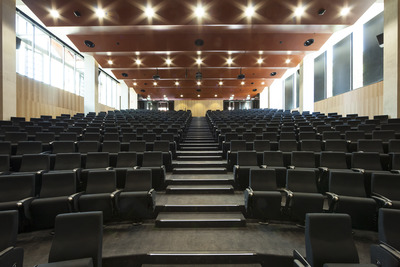
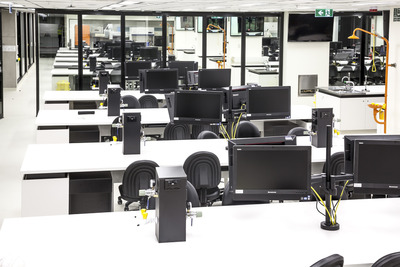
Although IPAS focuses on creating new sensing and measurement techniques, it does so through a transdisciplinary approach - “physics meets chemistry meets biology meets materials science”, according to Professor Monro. This approach required a lab to accommodate all these disciplines - a lab which didn’t yet exist. But now, different scientists can not only work together in the same area on the same project; they can also work apart on different projects. For example, Professor Monro explained that while the top floor of the building contains atmospheric sensing labs with hatches that open to the sky, the basement labs conduct work in mining and environmental luminescence.
Some projects may even unknowingly cross over into each other, so it’s Professor Monro’s job to link up those people whose work could be applied to someone else’s project. This is made easier because The Braggs is “all glass and open inside”, making people feel more connected.
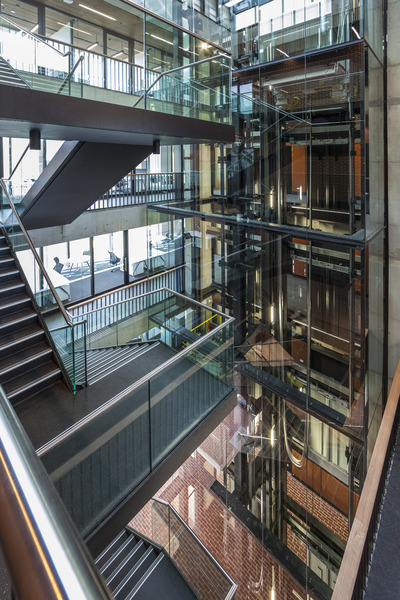
In fact, the building’s design won it the Jack McConnell Award for Public Architecture at the South Australian Architecture Awards. The architects wanted the building to reflect the work that went on inside, so they integrated a pattern called a Bragg grating - used by IPAS scientists in their work with glass - into the facade of the building. They were also aware that a lot of work was conducted in the deliberately dark basement, and so created a void which sucks the light down, ready to greet the scientists when they emerge.
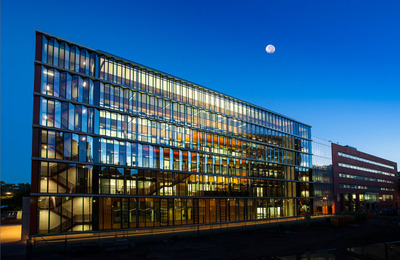
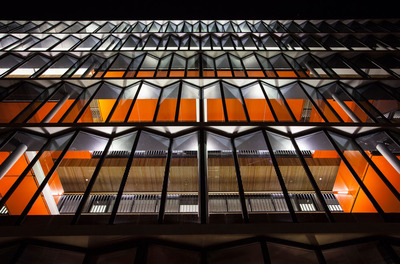
IPAS’s projects show the advances that can be made from measurement techniques in a range of areas - from using optical fibres to detecting corrosion within aircraft, to scanning for methane leaks using lasers, and developing a probe that could “essentially sit and listen to a developing embryo”, said Professor Monro. Around 30 projects are happening at any one time in The Braggs, a space described by Minister for Innovation Senator Kim Carr as “a state-of-the-art building the likes of which this country has not seen before”.
Essential guidelines for storing flammable chemicals in a lab
Understanding the risks associated with storing flammable chemicals is crucial for maintaining a...
La Trobe launches AI medical research centre
The Australian Centre for Artificial Intelligence in Medical Innovation will leverage AI...
Plans unveiled for Australian Institute for Infectious Disease
The Victorian Government is investing up to $400m to deliver the institute, which is expected to...




